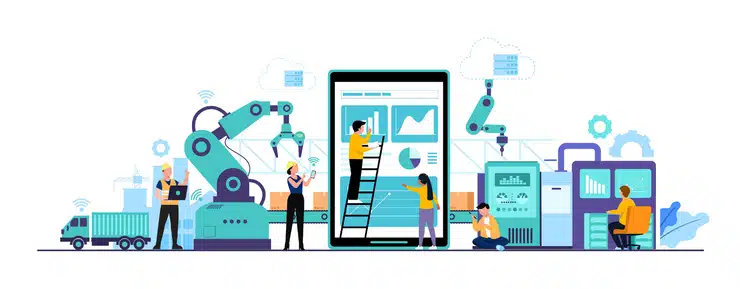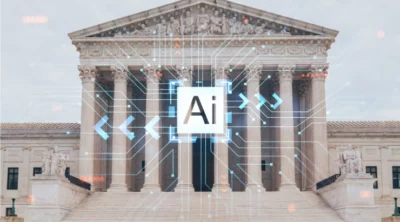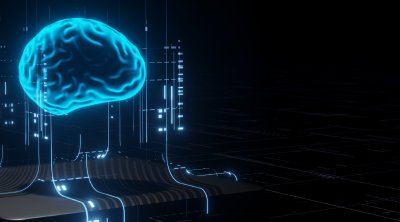Deep Neural Network: An Easy Introduction for 2021

Introduction
The inspiration behind the creation of Deep Neural Networks is the human brain. Working way beyond the “if and else” conditions, the Deep Neural Network software predicts and gives solutions. With Deep Neural Network AI, there is no need for programming and coding to get the output. The conclusions are made based on learning and experiences (like the human brain).
Deep Neural Network learning is becoming an integral part of the digital world, across multiple sectors. Some examples are Alexa, Siri, Google Assistant, product recommendations in Amazon, autonomous driving in Tesla, Prisma, and FaceApp. These are globally well-known virtual assistants. Deep Neural Network AI is transforming the world.
- Deep Neural Network Definition
- Difference Between Neural Network and Deep Neural Network
- Types of Deep Neural Network
1. Deep Neural Network Definition
What is a Deep Neural Network? Let’s begin by understanding its definition and its basics.
A neural network consists of several connected units called nodes. These are the smallest part of the neural network and act as the neurons in the human brain. When a neuron receives a signal, it triggers a process. The signal is passed from one neuron to another based on input received. A complex network is formed that learns from feedback.
The nodes are grouped into layers. A task is solved by processing the various layers between the input and output layers. The greater the number of layers to be processed, the deeper the network, therefore the term, deep learning.
CAP (Credit Assignment Path) sheds light on the number of layers required to solve a problem. When the CAP index is more than two then the neural network is considered as deep. Deep Neural Network applications are very efficient and useful in real-life scenarios. Deep Neural Network AI-based robots like Alpha 2 can speak, execute voice commands, write messages, etc.
2. Difference Between Neural Network and Deep Neural Network
The Deep Neural Network is more creative and complicated than the neural network. Deep Neural Network algorithms can recognize sounds and voice commands, make predictions, think creatively, and do analysis. They act like the human brain.
Neural networks give one result. It can be an action, a word, or a solution. On the other hand, Deep Neural Networks provides solutions by globally solving problems based on the information given.
Specific data input and algorithm is required for a neural network, whereas Deep Neural Networks are capable of solving problems without a specific data amount.
Activation Function and Weight
The small function performed by neurons of every layer is called the activation function. It mimics the signal that has to pass to the next connected neurons. When the result of the incoming neuron is greater than the threshold then the output is passed; otherwise, it is ignored.
The influence of input on the next neuron and the overall output is known as weight.
3. Types of Deep Neural Network
Some of the types are:
- ANN: Artificial Neural Networks
- CNN: Convolution Neural Networks
- RNN: Recurrent Neural Networks
These Deep Neural Networks mostly act as the base for the pre-trained models in deep learning. The ANN is a deep feed-forward neural network as it processes inputs in the forward direction only. Artificial Neural Networks are capable of learning non-linear functions. The activation function of ANNs helps in learning any complex relationship between input and output.
RNN is designed to overcome the looping constraint of ANN in hidden layers. Deep recurrent networks are capable of solving problems related to audio data, text data, and time-series data. Recurrent neural networks capture sequential information available in the input data. RNN works on parameter sharing.
The CNN based models in Deep Neural Networks are used in video and image processing. Filters or kernels are the building blocks of CNN. By using conventional operations kernels extract relevant and correct features from the input data.
There are a number of other algorithms that are quite popular these days. Some of them are:
- LSTMS: Long Short-Term Memory Networks
- MLPs: Multilayer Perceptrons
- RBFNs: Radial Basis Function Networks
- DBNs: Deep Belief Networks
- GANs: Generative Adversarial Networks
- RBMs: Restricted Boltzmann Machines
- SOMs: Self Organizing Maps
- Autoencoders
Frameworks
The deep learning framework offers reusable code blocks. These reusable code blocks provide various modules and help in abstracting the logical blocks. The modules are handy and can be easily used in the development of any deep learning model.
For better understanding, the frameworks can be classified into:
- Low-Level Frameworks
- High-Level Frameworks
Low-Level Frameworks
Low-level frameworks give the basic abstraction block. They are flexible and can be customized as per the requirement.
Some of the popular learning frameworks are as follows:
- MxNet
- TensorFlow
- PyTorch
High-Level Frameworks
High-level frameworks simplify the work by aggregating the abstraction further. However, high-level frameworks do not offer much flexibility and customization. Low-level frameworks are the backend of high-level frameworks. The source is converted into a required low-level framework before executing them.
Some of the popular learning frameworks are as follows:
- Gluon
- Keras
Where MxNet and TensorFlow are used as backends respectively.
PyTorch by Facebook and TensorFlow by Google are popular learning frameworks. The learning curve of PyTorch is easy as compared to TensorFlow. Hence, it is preferred for producing a Deep Neural Network learning model and prototyping.
Keras is another famous framework due to its ability to provide quick learning model prototyping.
It is recommended to study and do some research before finalizing any Deep Neural Network learning framework.
Conclusion
The basic details of Deep Neural Network are covered in this article. The article is a guide on Deep Neural Network learning for beginners. Upskilling to emerging technologies has become the need of the hour, with technological changes shaping the career landscape. If you are interested in learning more about Artificial Intelligence & Deep Learning, Jigsaw Academy’s 6-month online Postgraduate Certificate Program in AI & Deep Learning will help you upskill, stay relevant, and get noticed.













